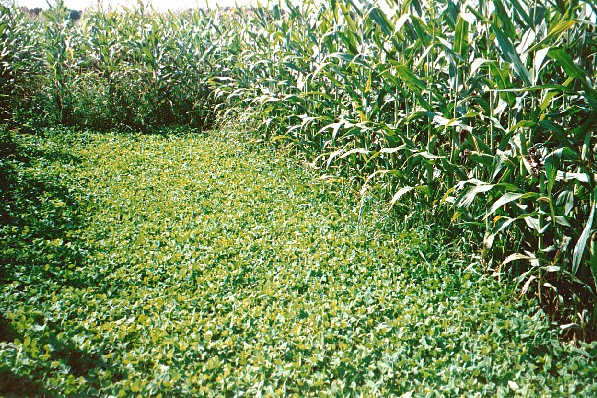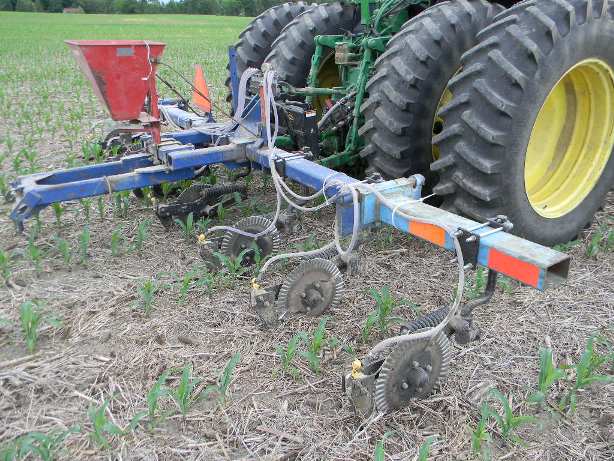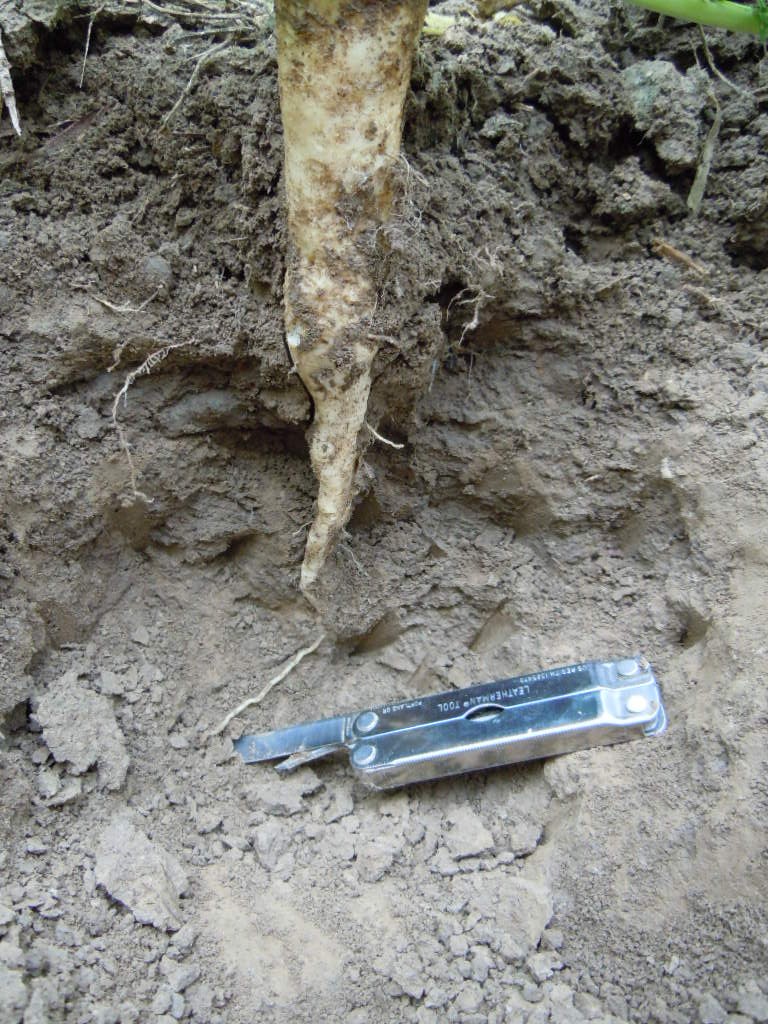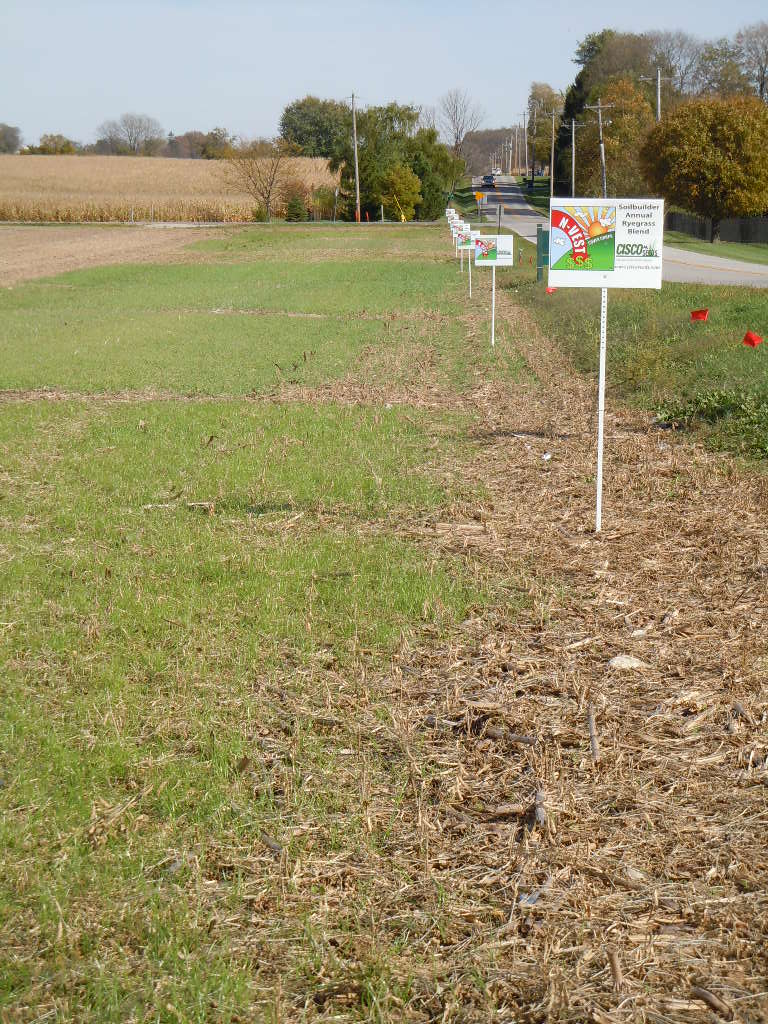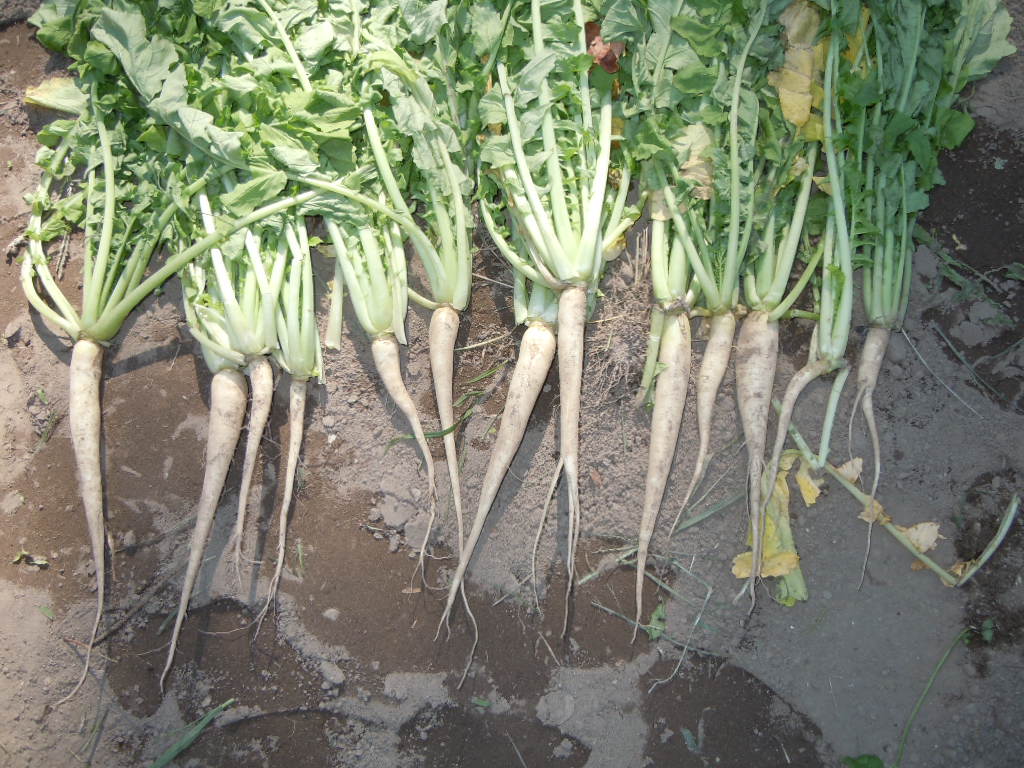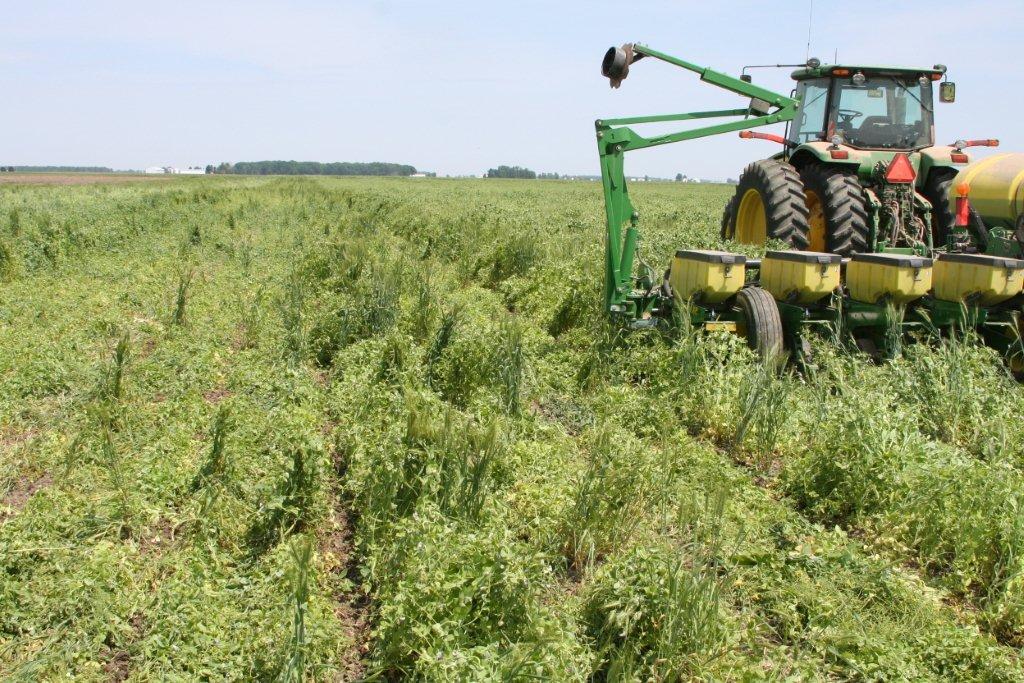Kura Clover – The Perennial Cover Crop
Kura Clover is an interesting option for cover cropping no-till corn producers. Why? Because Kura Clover forms a “living mulch.” I have been working with Dr. Ken Albrecht from the University of Wisconsin-Madison on Kura Clover since the summer of 2000. During that summer as I traveled through eastern Iowa and NW Illinois I envisioned […]
Kura Clover – The Perennial Cover Crop Read More »
